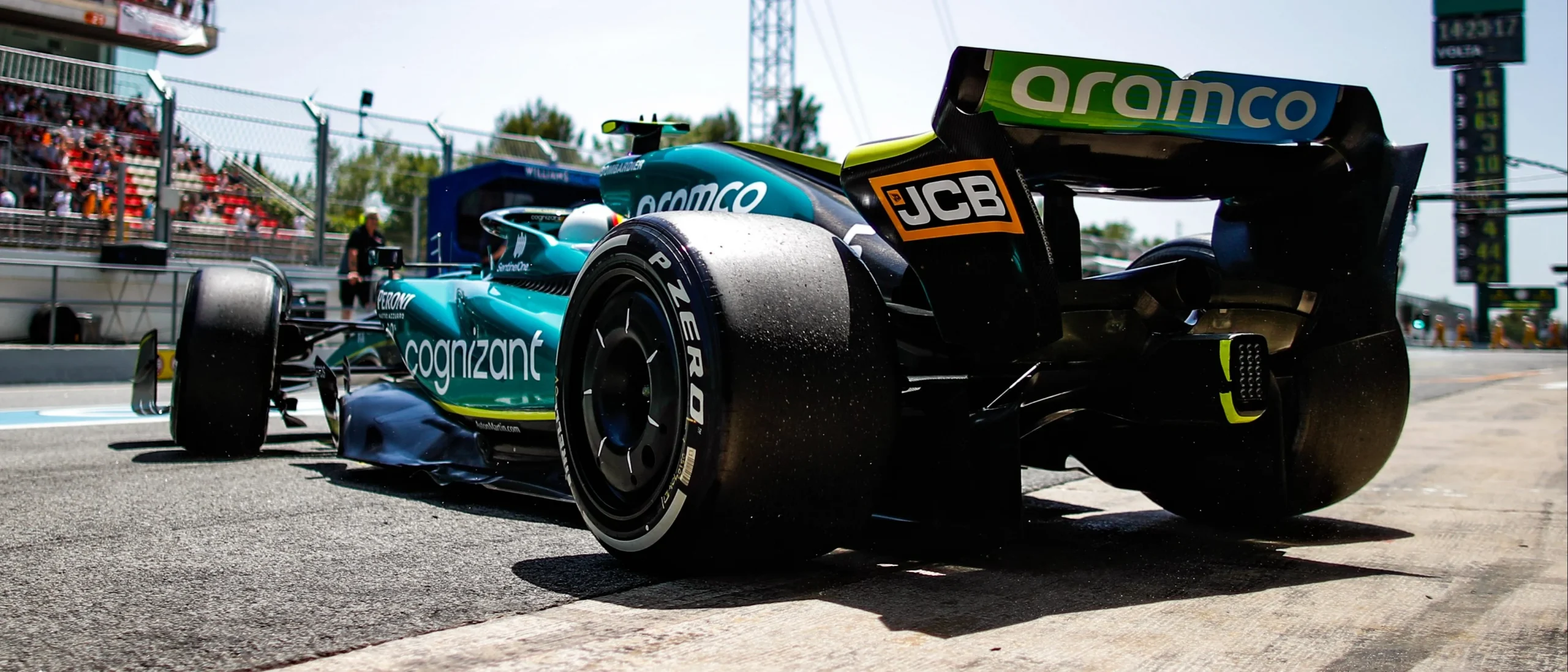F1 News: FIA Rebuts Criticism of Slow “Turtle Car” Aston Martin Safety Car
After the Australian Grand Prix, many drivers have expressed their frustration at the speed of the Aston Martin F1 safety car and that, it isn’t as fast as the “Mercedes one”.
Max Verstappen, with his usual savagery, called it a ‘turtle car’ and said that it lacked the pace to run fast in front of the pack which resulted in the F1 car’s tire temperatures dropping drastically.
“There’s so little grip and also the safety car was driving so slow, it was like a turtle. Unbelievable,” said the Red Bull driver. “To drive 140 kph on the back straight, there was not a damaged car, so I don’t understand why we have to drive so slowly. We have to investigate.” He said.
“For sure the Mercedes safety car is faster because of the extra aero, because this Aston Martin is really slow. It definitely needs more grip, because our tyres were stone cold.
“It’s pretty terrible the way we are driving behind the safety car at the moment.”

FIA however thinks that the difference in speed between the Aston Martin and Mercedes safety cars is not an issue. Clarifying on Twitter, it said that the safety car’s priority was not to go fast but to help officials keep the race running in a safe manner.
The FIA wrote in detail: “In light of recent comments regarding the pace of the FIA Formula 1 Safety Car, the FIA would like to reiterate that the primary function of the FIA Formula 1 Safety Car is, of course, not outright speed, but the safety of the drivers, marshals and officials.
“The safety car procedures take into account multiple objectives, depending upon the incident in question, including the requirement to ‘bunch up’ the field, negotiate an incident recovery or debris on track in a safe manner and adjust the pace depending on recovery activities that may be ongoing in a different part of the track.”
Stating further, it clarified that the speed of the safety car is dictated by race control.
“The speed of the safety car is therefore generally dictated by race control, and not limited by the capabilities of the safety cars, which are bespoke high-performance vehicles prepared by two of the world’s top manufacturers, equipped to deal with changeable track conditions at all times and driven by a hugely experienced and capable driver and co-driver.
“The impact of the speed of the safety car on the performance of the cars following is a secondary consideration, as the impact is equal amongst all competitors who, as is always the case, are responsible for driving in a safe manner at all times according to the conditions of their car and the circuit.”

After a lengthy explanation by the FIA, there have been concerns about how close the cars need to be to each other when driving behind the safety car. This comes after a near-miss between AlphaTauri’s Yuki Tsunoda and Haas driver Mick Schumacher behind the safety car in Australia.
Responding to the concern, a statement from the steward said: “It is clear that the speed and braking capabilities of F1 cars, especially while trying to maintain required temperatures in tyres and brakes, are in tension with the ten car length separation behind the safety car traditionally specified in the regulations.”
“This needs to be a point of emphasis in future driver briefings, to ensure the drivers collectively agree on how best to address this challenge before an unfortunate incident occurs.”
Which safety car would you prefer? The Aston or the Merc?



